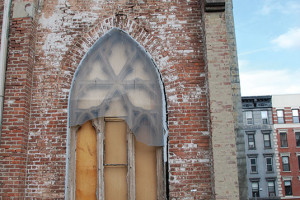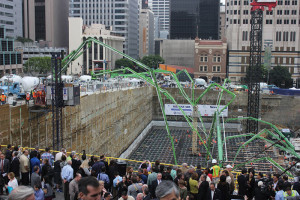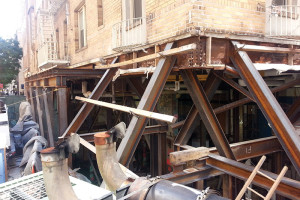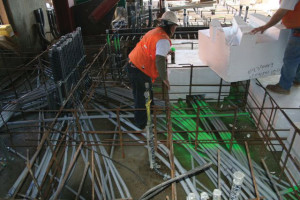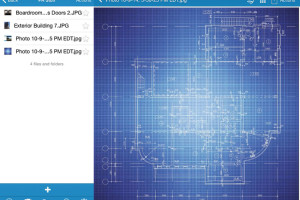What inspired you to become a structural engineer? For me, it was a fascination with the great buildings of history, like the Parthenon and the Eiffel Tower, and the ingenuity and creativity of the civilizations that built them. Starting with that early inspiration, I have always been driven by a desire to create new structures that have a positive impact on the way people live. …
Yearly Archives : 2014
The Subgrade Modulus, also known as the Modulus of Subgrade Reaction, is a stiffness parameter typically used in defining the support conditions of footings and mat foundations, such as that shown on Figure 1. The parameter is expressed in units of [Force]/[Length]3. Physically however, it is defined as the (contact) bearing pressure of the foundation against the soil that will produce a unit deflection of the foundation. …
Part 1: Foundations
Performing renovation or restoration work on historic houses of worship presents a unique set of challenges for design professionals, and in particular structural engineers. These structures often feature large open-space areas, archaic structural systems and hard-to-define load paths, and varying degrees of deterioration or distress (often lack of maintenance and upkeep driven). …
The skies above downtown Los Angeles will see a new high rise office/hotel building by March of 2017. Rising out of a 90-foot deep excavation in the earth, the building will dominate the skyline of Los Angeles.
The Wilshire Grand project takes up an entire city block. The site is bounded by Wilshire Boulevard and Francisco to the north, and 7th Street and Figueroa to the south. …
The design of temporary shoring for existing buildings offers the engineer challenges on multiple levels, especially on vintage structures in New York City when not all the existing conditions can be known. This article presents a project that involved temporary shoring at the second floor of approximately ninety feet of exterior bearing wall and storefront of a depression-era six-story apartment building located on a busy intersection in midtown Manhattan. …
The National Council of Structural Engineers Associations (NCSEA) is pleased to announce the following 2014 Excellence in Structural Engineering Awards. The awards were presented on the evening of September 19 during the Awards Program at NCSEA’s 22nd Annual Conference in New Orleans, LA. The awards have been given annually since 1998 and highlight some of the best examples of structural ingenuity throughout the world. …
What Is It and Why Would I Use It
Despite the fact that cellular concrete has been used in the construction industry for nearly a century, it is not uncommon for designers to be unfamiliar with this versatile lightweight product. “What is this stuff?” and “Why haven’t I heard of this before?” are very common questions. …
In construction, time is money. And, when it comes to saving time and increasing productivity, the cloud is a catalyst for change. Arguably one of the most game-changing technologies of the century, the cloud to the computer industry is like utility grids for the power industry – a central fabric that powers the most complex computing tasks. However, it may be the simple things that result in the greatest business impact. Take, as an example, the access and sharing of important business documents and files. …
Good contracts are an important part of any structural engineering firm’s practice. Having a good contract can make your projects run more efficiently and improve your firm’s profits; conversely, an inappropriate or poorly written contract could be disastrous for your firm. This article is the first in a series of articles from CASE to help structural engineers have more profitable businesses by using contracts effectively. …
It was a pleasure to read the 2013 report by the SEI Board of Governors Task Committee, A Vision for the Future of Structural Engineering and Structural Engineers: A Case for Change. This document provides great suggestions for significant changes in the profession if structural engineers are to remain a respected and vibrant part of the global community. …



